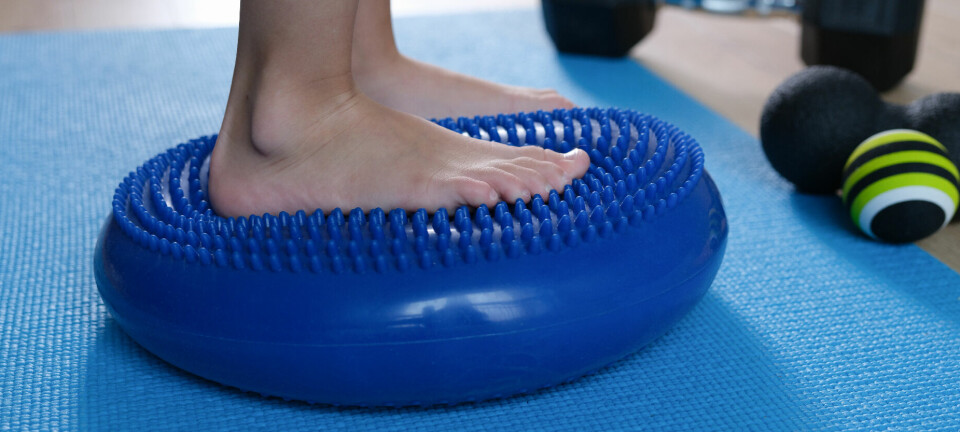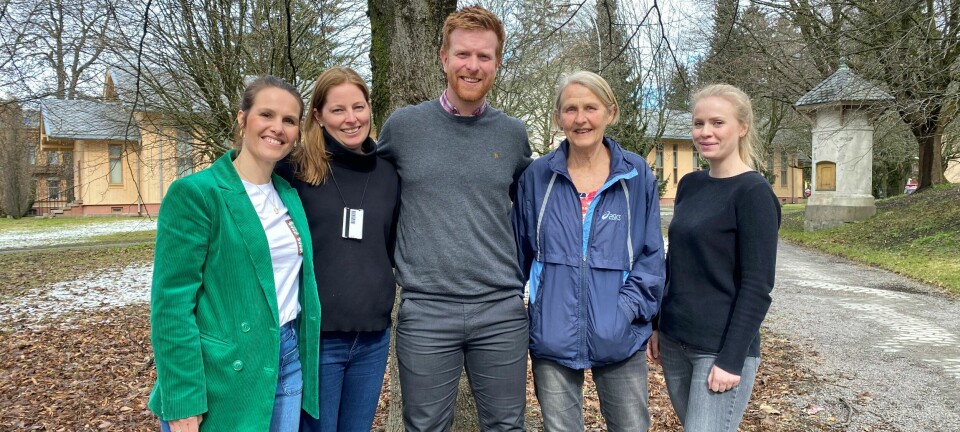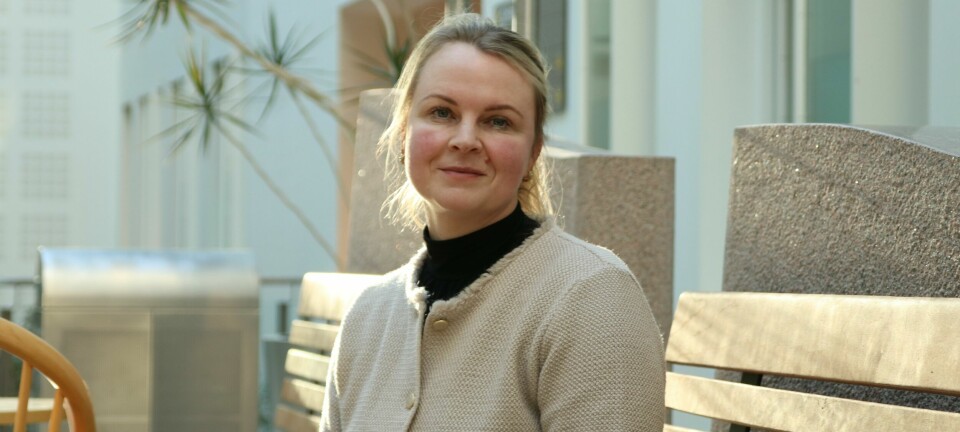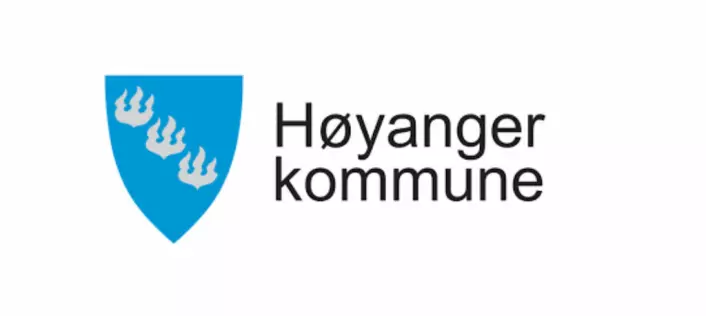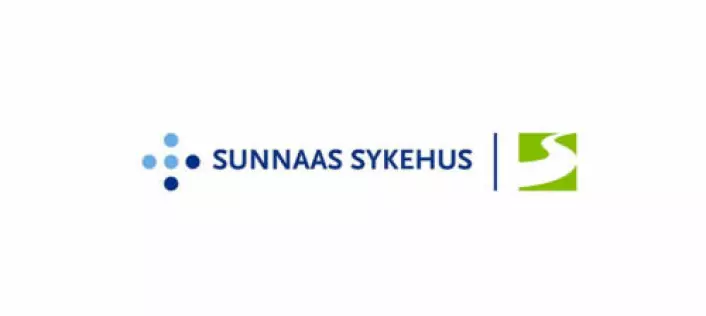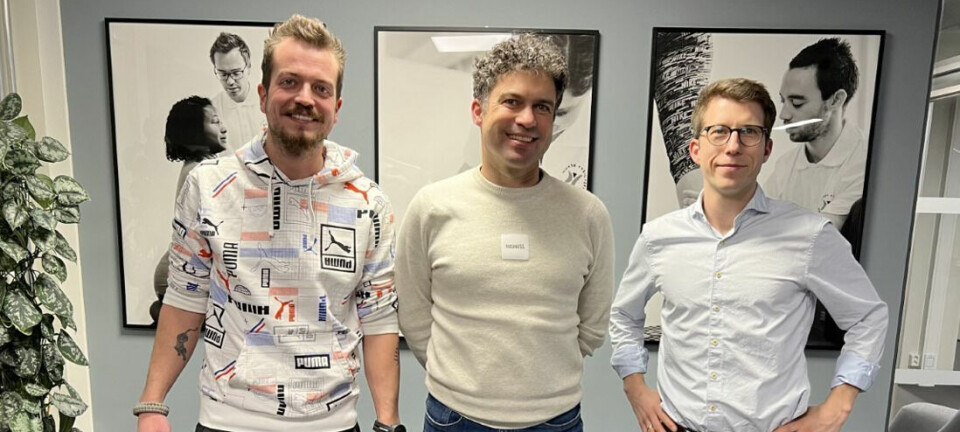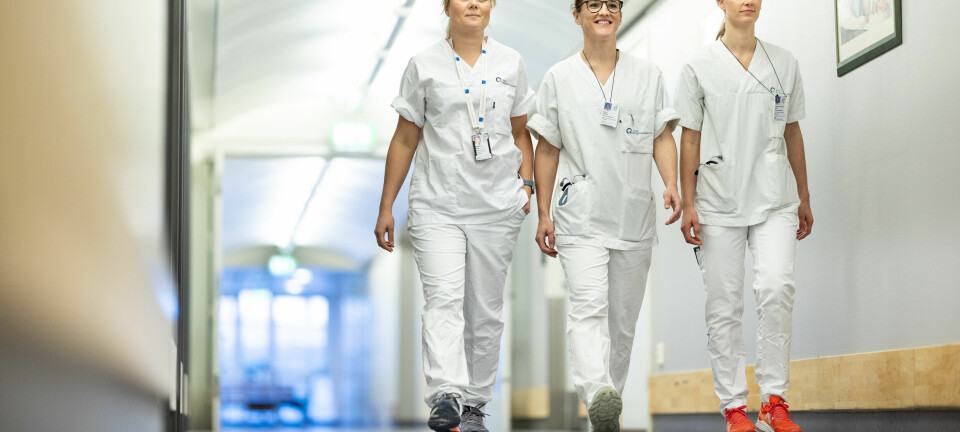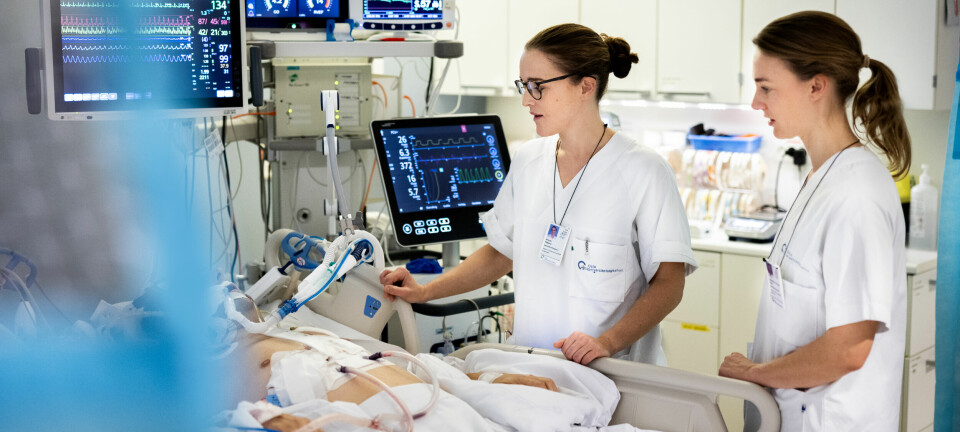A physiotherapy telephone assessment and advice service for patients with musculoskeletal problems can improve the process of care while maintaining clinical effectiveness
Blikk på forskning i Fysioterapeuten 1/2014.
Blikk på forskning utarbeides i samarbeid med Journal of Physiotherapy (Australia), som trykker forskningspresentasjonene under betegnelsen Critically appraised Papers, CAPs.
Synopsis
Summary of: Salisbury C, et al (2013) Effectiveness of PhysioDirect telephone assessment and advice services for patients with musculoskeletal problems: pragmaticrandomized controlled trial. BMJ 346: f43. doi:10.1136/bmj.f43. [Prepared by Nicholas Taylor, CAP Co-ordinator.]
Question: Does a physiotherapy telephone assessment and advice service (PhysioDirect) affect physical health and improve the process of care in patients with musculoskeletal problems?
Design: Randomised controlled trial with concealed allocation and blinded outcome assessment.
Setting: Four community physiotherapy services drawing patients from 94 general practices in England.
Participants: Adults referred by a general practitioner or self-referred to physiotherapy for a musculoskeletal problem were eligible for inclusion. Referral from a consultant and an inability to communicate in English were key exclusion criteria. Randomisation of 2256 participants at a ratio of 2:1 allocated 1513 to PhysioDirect and 743 to the usual care physiotherapy.
Interventions: PhysioDirect participants were invited to telephone a physiotherapist for initial assessment and advice followed by further telephone advice and face-to-face physiotherapy if necessary. After the initial call most participants were sent written advice about self management and exercises. The usual-care comparison group joined a waiting list for face-to-face physiotherapy management.
Outcome measures: The primary outcome was change in physical health, measured with the physical component summary (PCS) measure from the SF-36 questionnaire at six weeks and six months. Secondary clinical outcome measures included the Measure Yourself Medical Outcomes Profile, global improvement in the main problem, and questions about satisfaction from the General Practice Assessment Questionnaire; and measures of process of care, including number of appointments, and waiting time.
Results: Primary outcome data were obtained from 85% of participants at six months. There was no difference in the SF-36 PCS measure between the PhysioDirect and comparison groups at six months (Mean difference (MD) =–0.01, 95% CI –0.80 to 0.79) and six weeks (MD 0.42, 95% CI –0.28 to 1.12). There were no differences between the groups in other clinical outcomes at six months, but there were small improvements in the PhysioDirect group at six weeks in the global improvement score (MD 0.15 units, 95% CI 0.02 to 0.28) and in the Measure Yourself Medical Outcomes Profile score (MD –0.19 units, 95%CI –0.30 to –0.07). 47% of PhysioDirect participants were managed entirely by telephone, and they had fewer face to-face appointments (mean 1.9 vs 3.1), and a shorter wait for physiotherapy treatment (median 7 vs 34 days) than the comparison group. PhysioDirect participants were less satisfied with the service than the comparison group (MD –3.8%, 95% CI –7.3 to –0.3).
Conclusion: Providing an initial telephone physiotherapy service for patients with musculoskeletal problems that reduced waiting time and required fewer appointments was as effective as providing face-to-face physiotherapy, but was associated with slightly lower patient satisfaction.
Commentary
Ever-increasing waiting lists are a problem for our health system. Triage that involves patient management has been identified as an effective way to improve patient flow in emergency departments, and it is possible that the same principles may have similar effects in other aspects of healthcare (Harding et al 2011). Salisbury et al describe a telephone-based approach to triage and advice for physiotherapy in the UK and found no adverse effects on outcomes for people with musculoskeletal disorders. The PhysioDirect intervention examined by Salisbury et al did not aim to substitute for a standard physiotherapy examination of the patient. Rather, the telephone-based approach aimed to identify those who did not require face to-face appointments and could be effectively managed with advice and reassurance alone. The effect of early and appropriate advice is acknowledged in the treatment of acute back pain (van Tulder et al 2006) and the physiotherapists were taught enhanced communication skills to ensure a comprehensive telephone-based assessment. Almost all (98%) of the participants in the trial were referred by a GP, meaning there had been a prior opportunity for some level of physical examination before telephone-based physiotherapy. It is difficult to imagine effective physiotherapy without some form of physical examination, but the removal of this aspect of a consultation may enhance the impact of the advice and reassurance a physiotherapist can provide. On the other hand, the difference between patient expectations of physiotherapy and what can be delivered via the telephone may be a reason behind lower levels of satisfaction with the PhysioDirect approach. Innovative approaches are needed to deal with the challenges presented to our burgeoning health system. The proliferation of mobile phones mean flexible and time-efficient tele-interventions, such as health coaching (Iles et al 2011) and triage and advice as examined by Salisbury et al hold great promise for reducing the burden on our health care system.
Ross Iles, Department of Physiotherapy, Monash University, Australia
References
Harding K et al (2011) Aust Health Rev 35: 371–383.
van Tulder M et al (2006) Eur Spine J 15 Suppl 2: S169–191.
Iles R et al (2011) J Physiother 57: 231–238.

